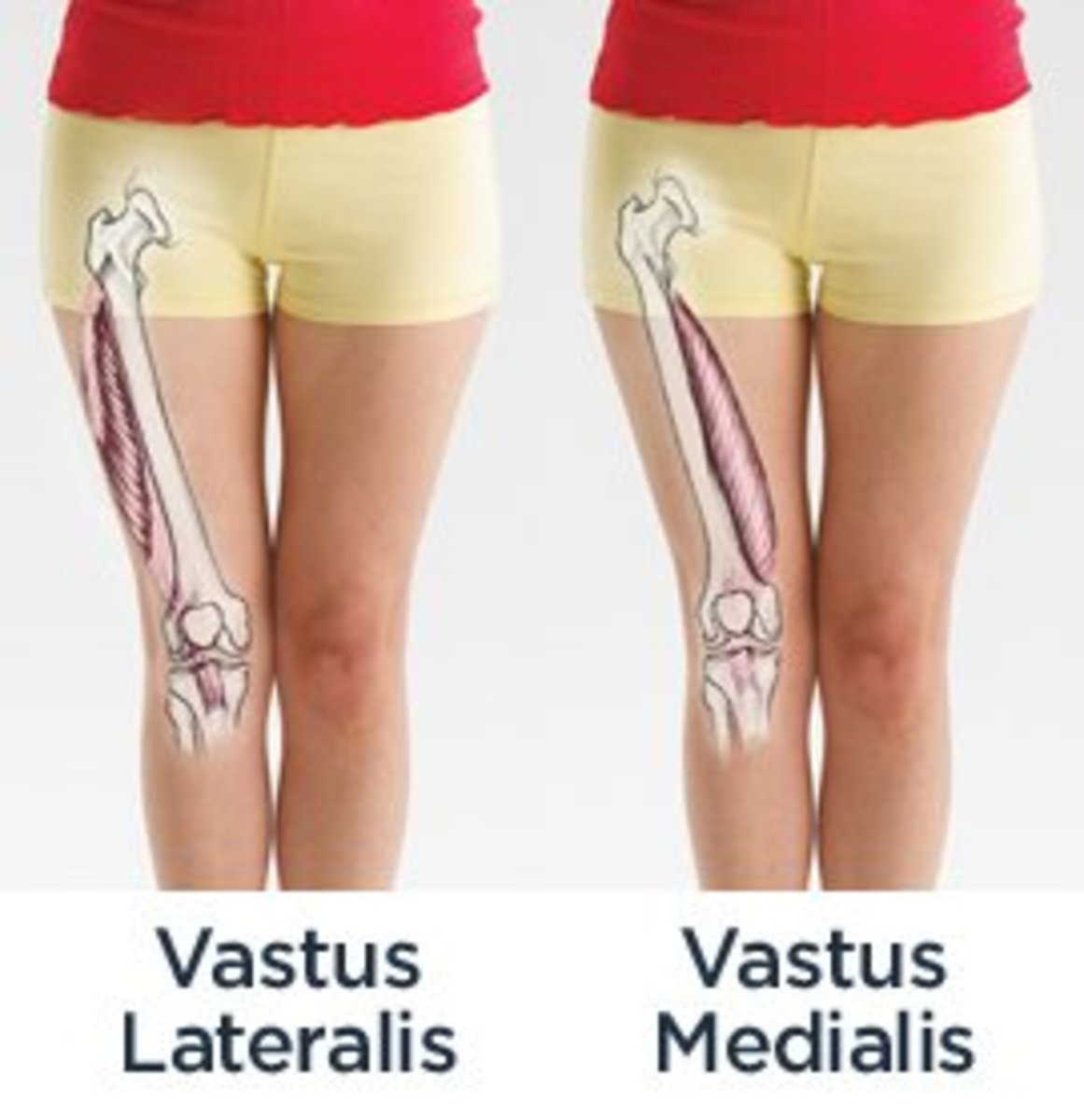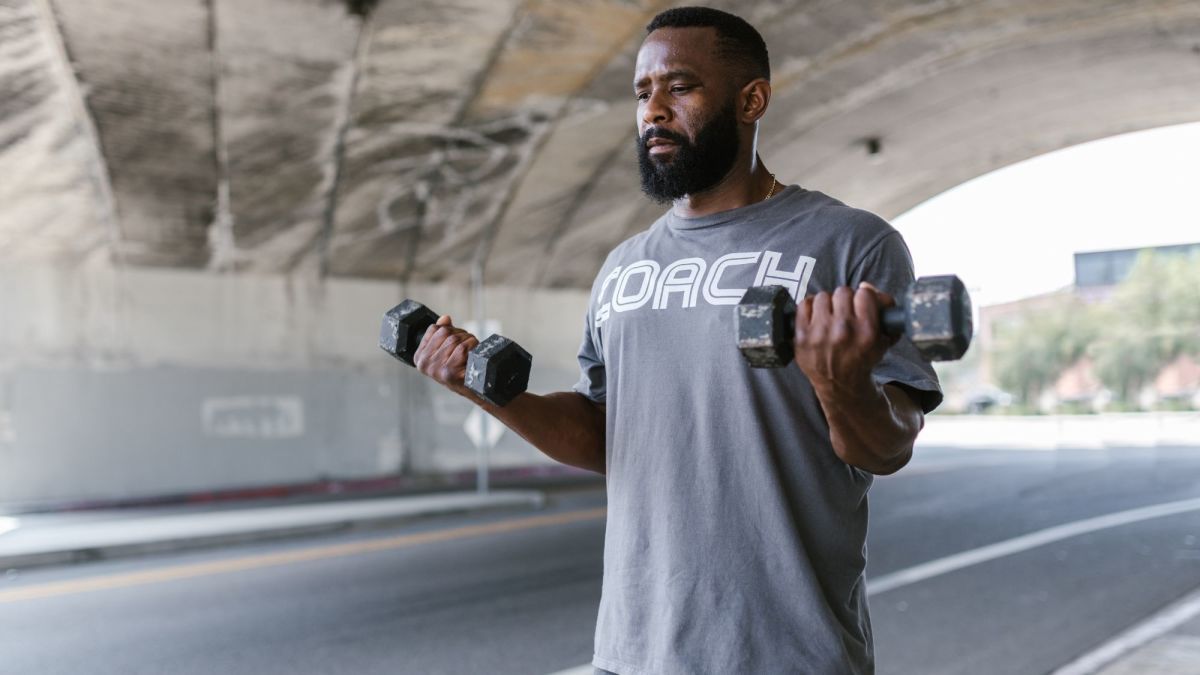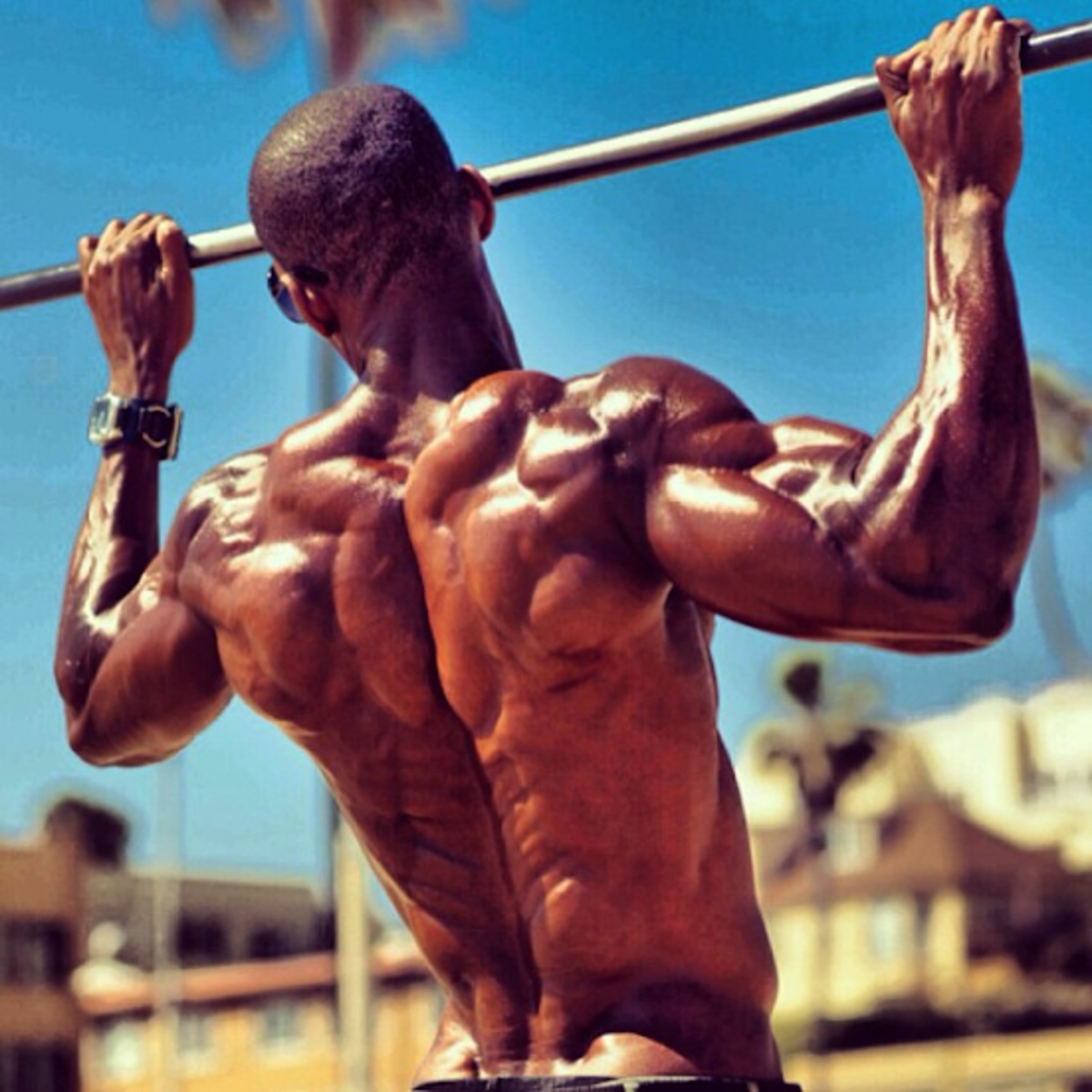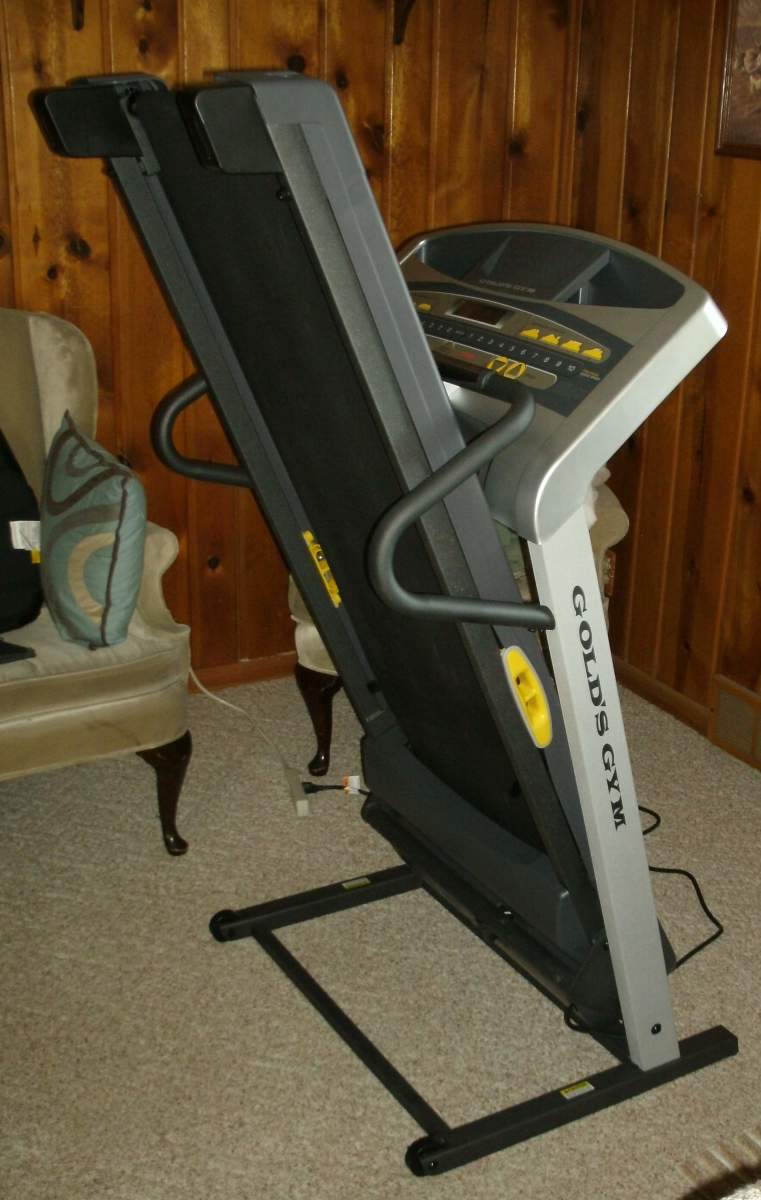Proper Exercise Form: The Lat Pulldown
The muscles used
There are many muscles involved while performing the lat pull down. I will describe the main ones used, and how to best target them with this exercise. The largest muscle used is the Latissimus Dorsi, hence the name of the exercise the lat pull down. It's origin is along the spine (from the lumber region up to the mid thoracic region) connected to the thoraco-lumber fascia. The insertion is at the base of the humerus (the upper arm by the shoulder). Looking at it from the rear, the muscle has a v shape in men, and creates an hourglass shape in women. When developed, this muscle assists in making the waist look smaller and the shoulders broader. So to create a more aesthetically pleasing look, doing pull downs are good for both men and women. Another muscle heavily involved in the lat pulldown are the bicep muscles. While doing the pull down, the angle of the elbow joint shortens as the biceps contract in conjunction with the lat muscle during this lift. It is one of the reasons I don't do a lot of bicep work. They get plenty of stimulation while I focus on the Latissimus Dorsi. Another muscle group that is used during the lat pull down, if the form is correct, is the Rhomboid muscle. The origin of this muscle is along the thoraco-lumber spine and it inserts at the scapula. During contraction, it draws the scapula back toward the spine. It is important to work this muscle because the Rhomboid tends to get weak and stretched over time with most people due to poor postural habits and bad lifting form. This leads to a forward head posture and what is known as rounded shoulder syndrome. Over time, the pressure on the cervical spine leads to disk degeneration and eventually chronic pain and stiffness. This can be avoided by properly doing the lat pull down. There are other muscles involved as well, but the ones mentioned above are the ones that are the most important to focus on.
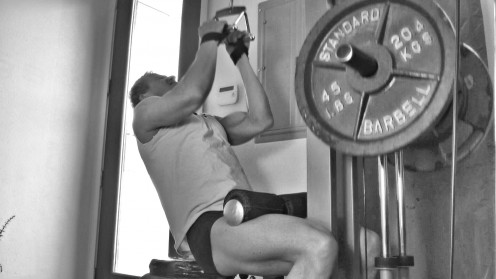
The various grips
There are four main grips you can use with the lat pull down: wide overhand; underhand; wide grip parallel (palms facing each other); and narrow grip parallel. A wide overhand grip will put the bicep muscle in a weaker position for the lift, making it harder to force the larger Latissimus muscle into fatigue, but by doing a wide grip, the rear delt (back of the shoulder) muscles get more involved with better stimulation to grow. The underhand grip puts the bicep into a good position allowing it to work harder, but I have found that it puts a lot of stress on the tendons around the elbow. Not practical for long-term training. The wide parallel grip puts the bicep in a good position for maximum contraction, and uses the rear delt muscles to a higher degree. This is a good option. The narrow parallel grip also puts the bicep muscle in a good position without stressing the elbows, but by your hand's position, the rear delt gets less stimulation and there is more emphasis on the Latissimus Dorsi, which in my opinion, is another good option as well. I have used all of these grips, and still do. In general, I use the parallel grip (both wide and narrow) 90 to 95% of the time because they tend to be the best for long-term use.
The mechanics
Now we are ready to do the lift. We have chosen the grip, the right amount of weight, and it is time for the lift. First of all, I do not recommend to pull the bar down behind the head. This places a lot of undue stress on the shoulder joint complex in its most vulnerable position. It also does not work the lat muscle through its full range of motion, and you cannot engage the Rhomboid muscles this way. Grip the bar, sit down in the seat and lock legs pretty snug under the leg pads so you don't go up and down as you pull the bar down. Lean back about 20 degrees and allow the weight of the stack stretch the upper back. Then slowly and smoothly pull the bar down to your chest. While you are doing that, squeeze the shoulder blades down and back and your chest up throughout the range of motion. This will engage the Rhomboid muscles and strengthen them as well as the lat muscles. If you do not pull the shoulder blades back, you work the lat muscles but not the Rhomboid muscles, which can further exacerbate the strength imbalance. Pull the bar to the upper chest, keeping the elbows in alignment with the bar. Hold for a split second and then slowly return the bar back to the beginning position. As with all exercises, remember to keep the tension on the muscles throughout the range of motion. This will lead to a deeper fatigue of the muscles involved thus providing more stimulation. Then repeat the repetition again.
Conclusion
The lat pull down is a very important lift to do in one's quest for a better built body. It works the large Latissimus Dorsi muscle as well as the Rhomboid muscle that is so important for proper posture. Over time as you get stronger, you can do the chin up which targets the same muscles. Even then, you should use the lat pulldown as part of your routine.

